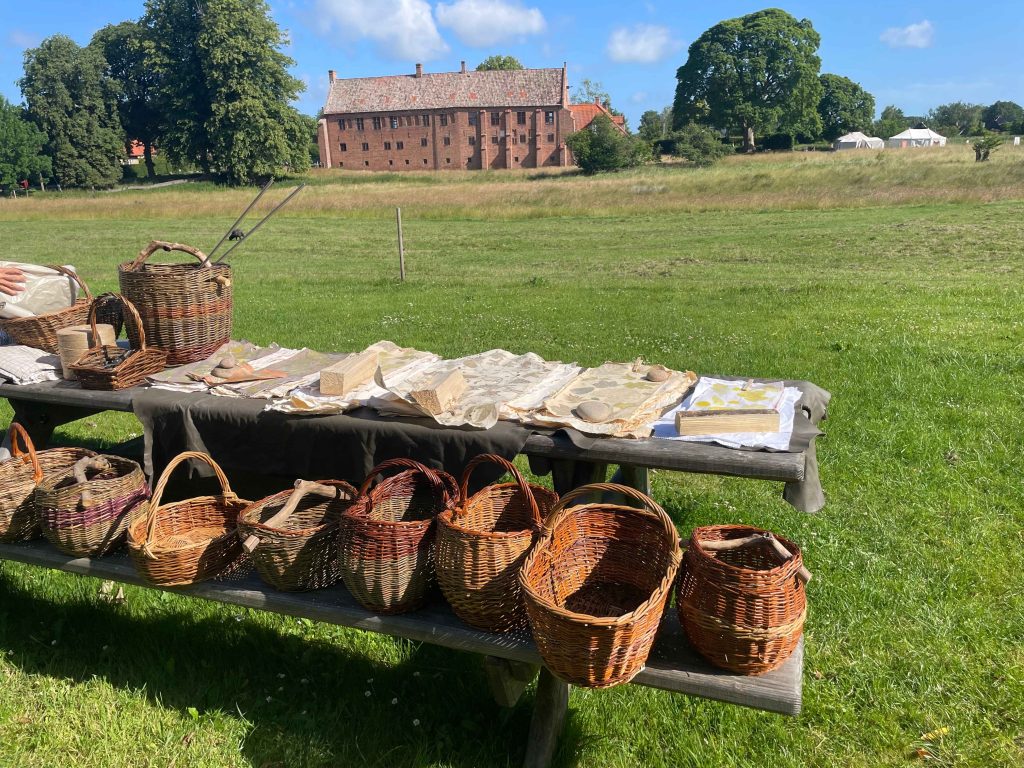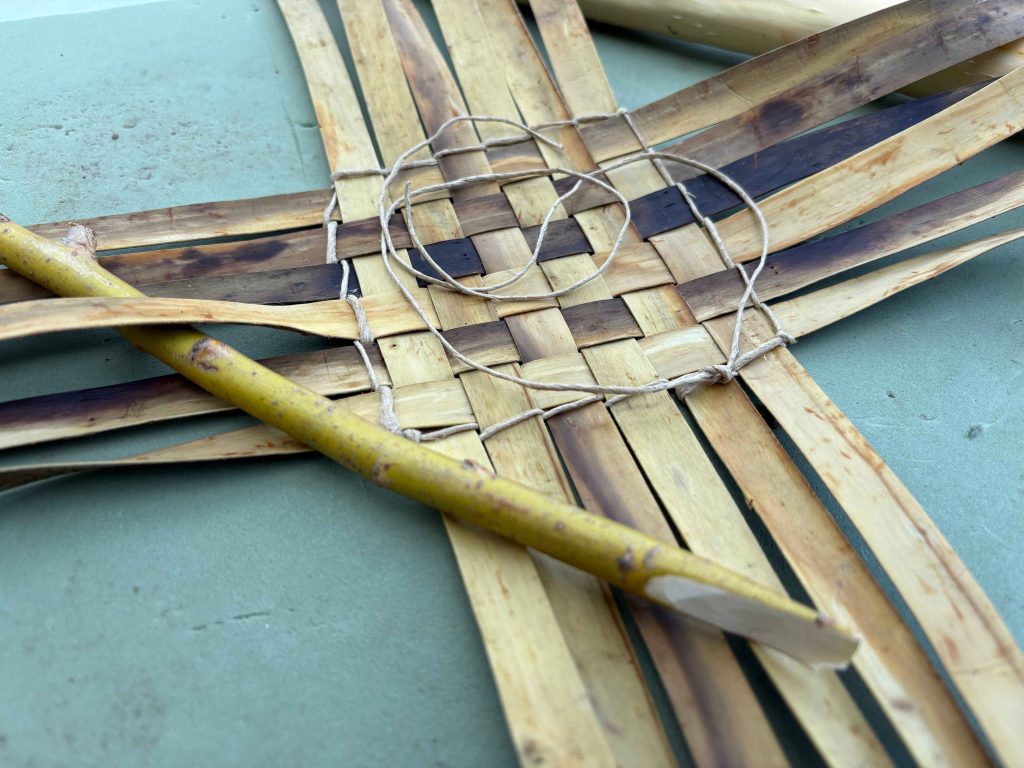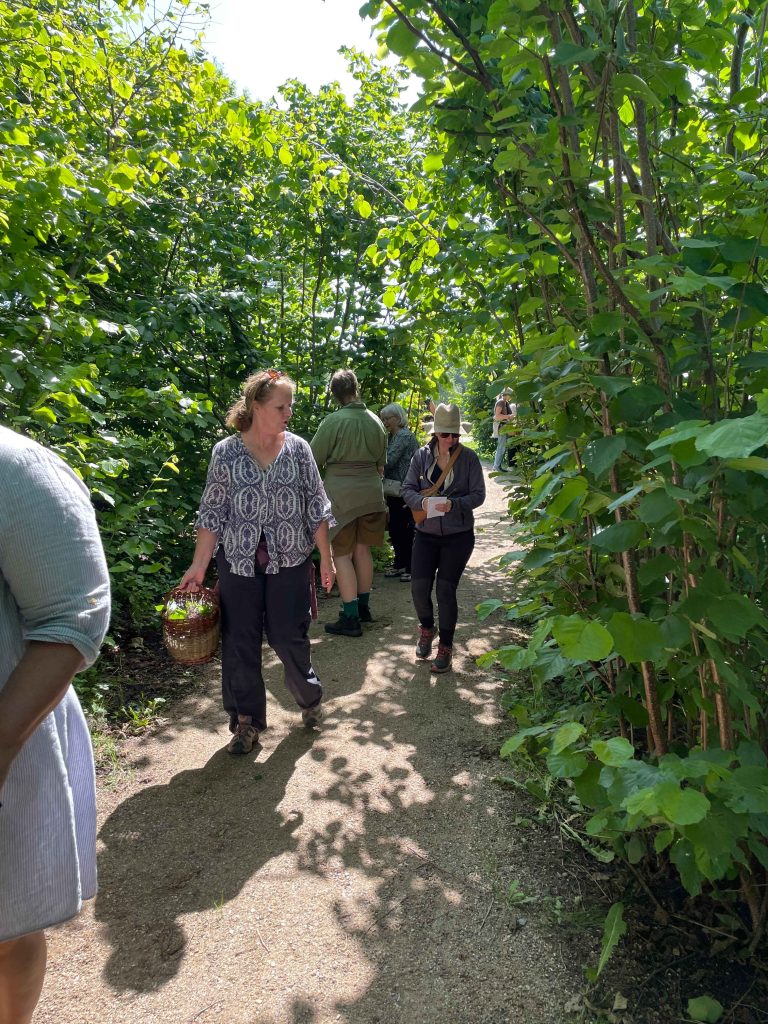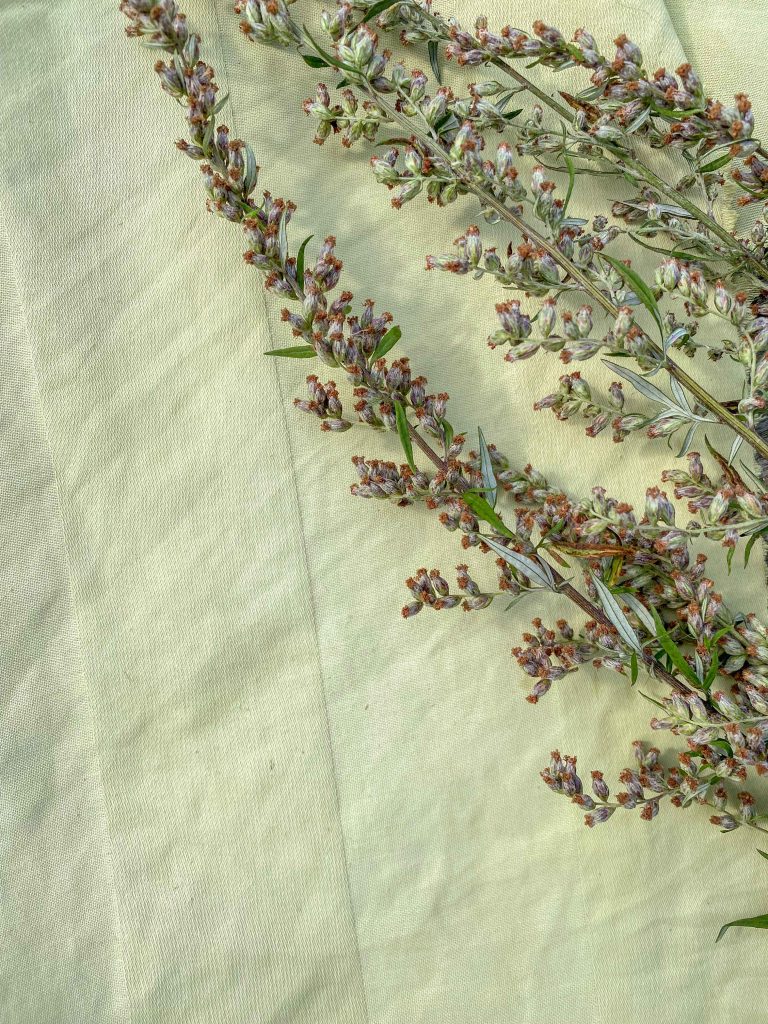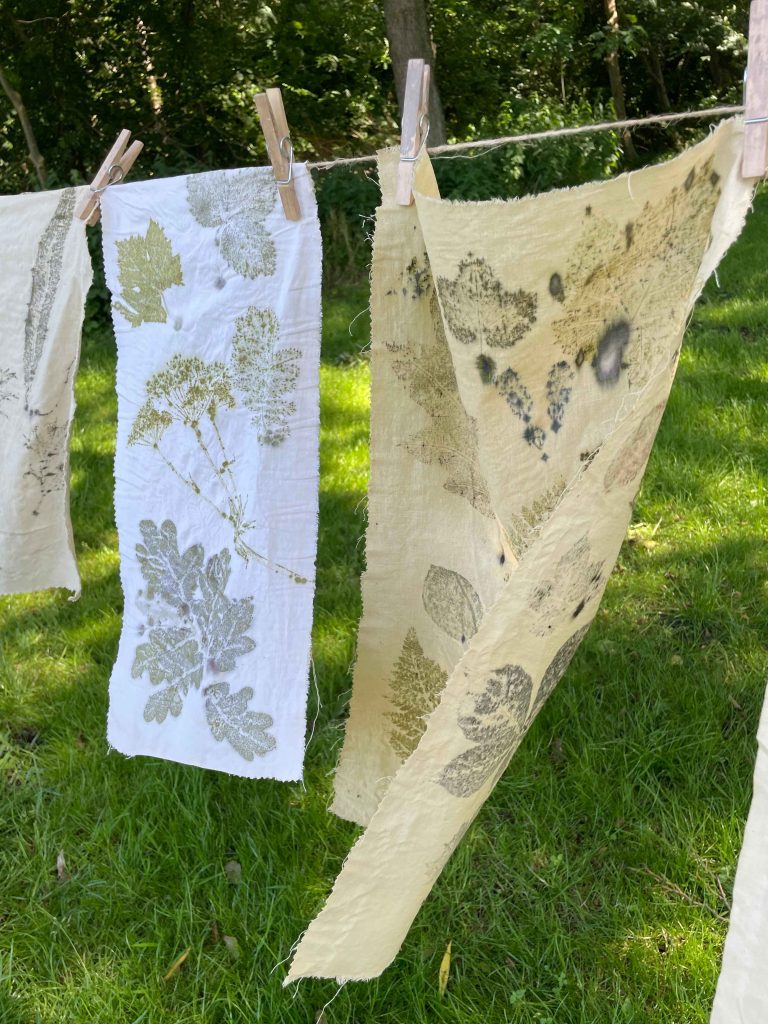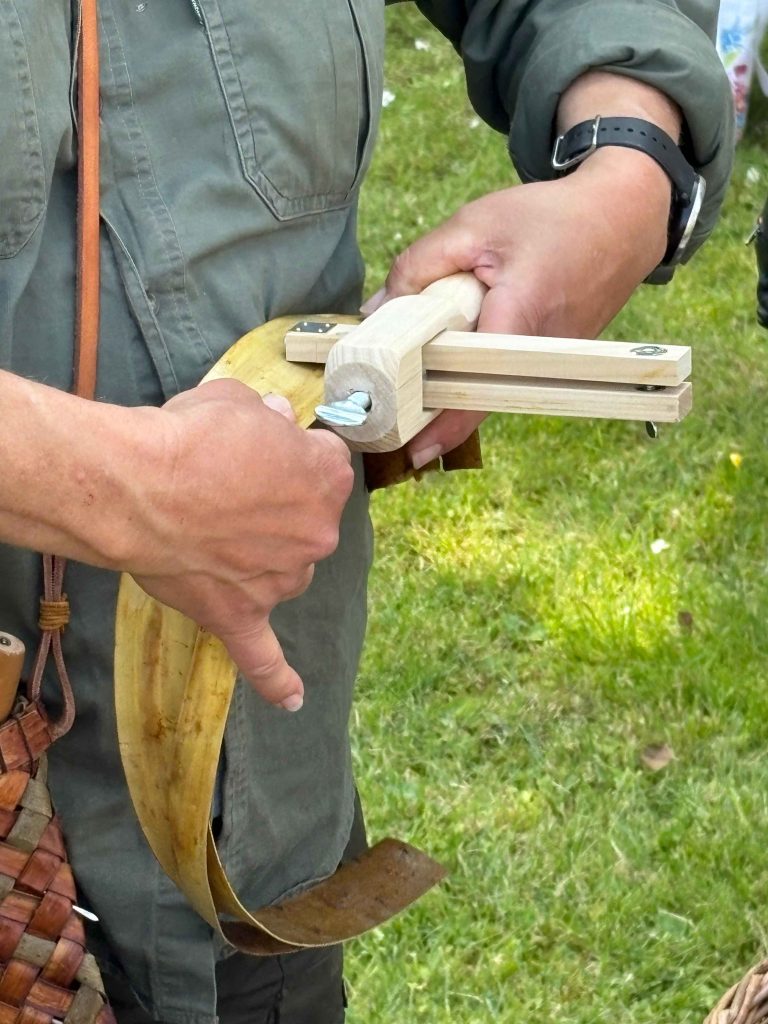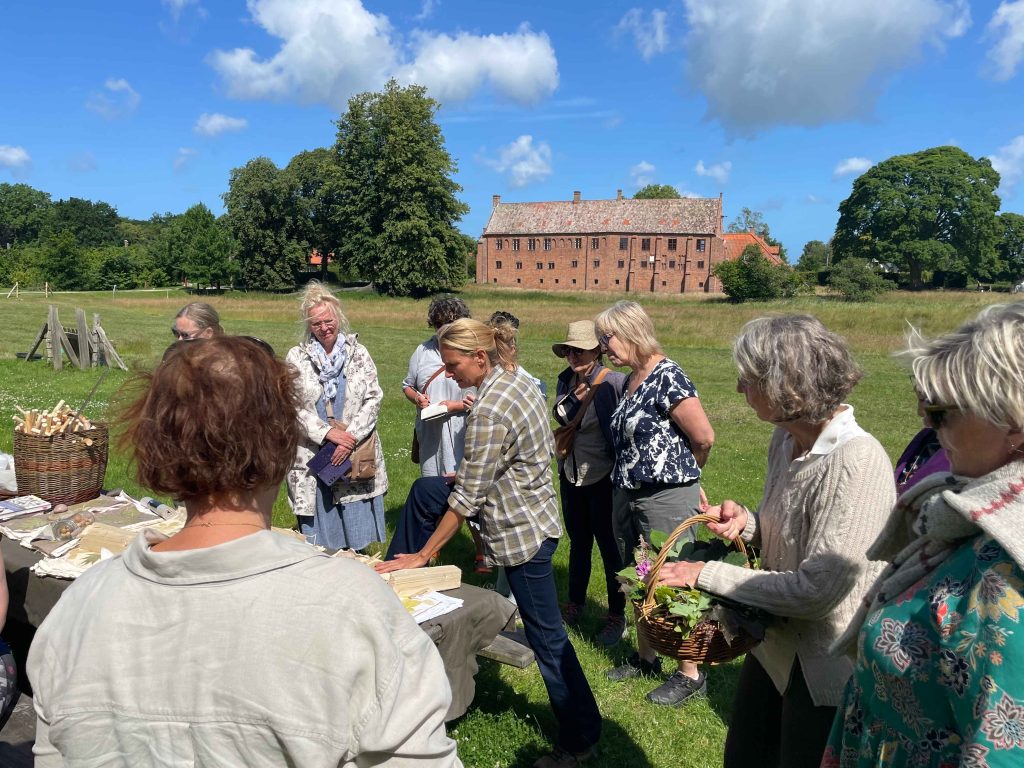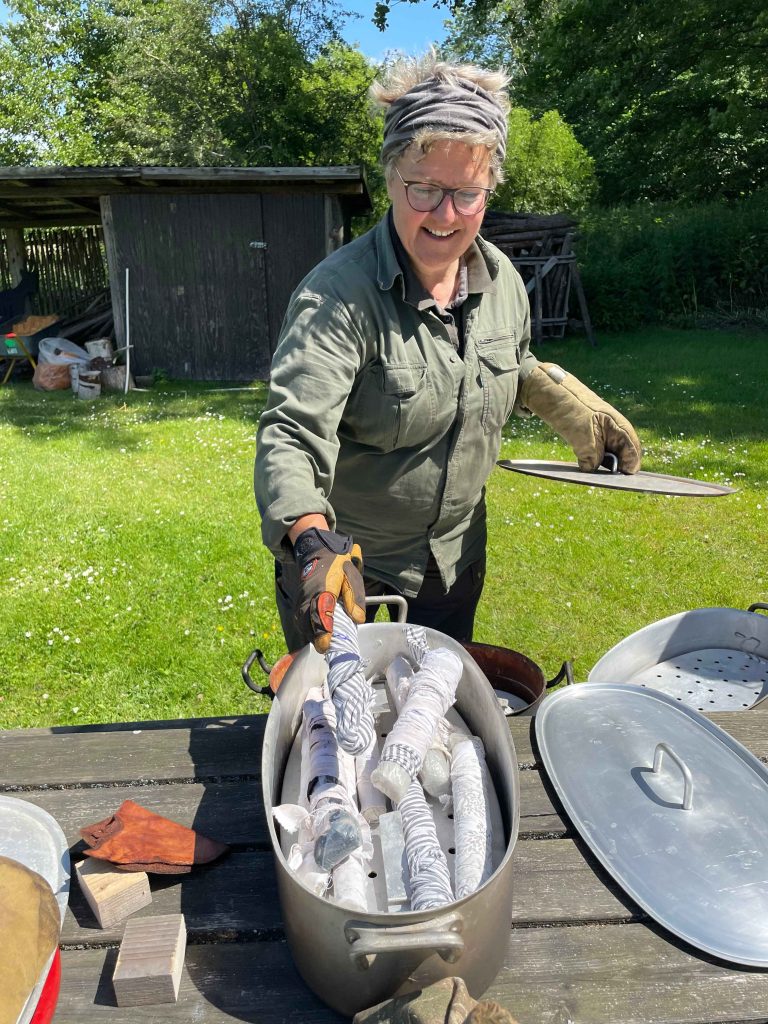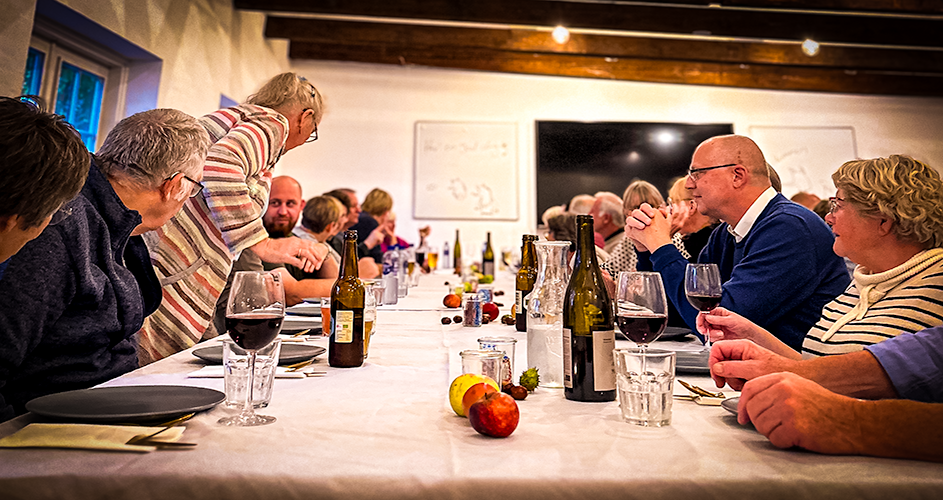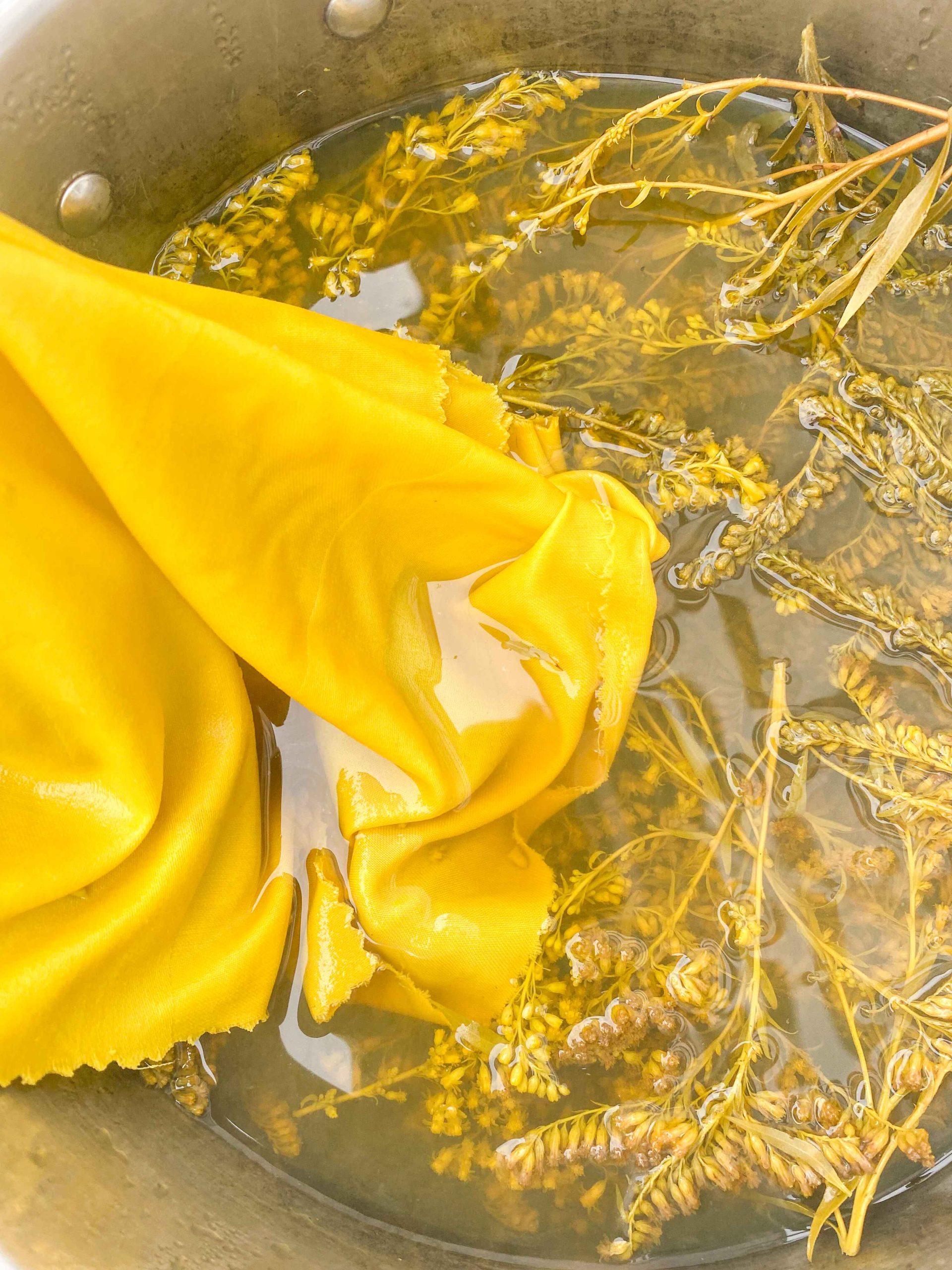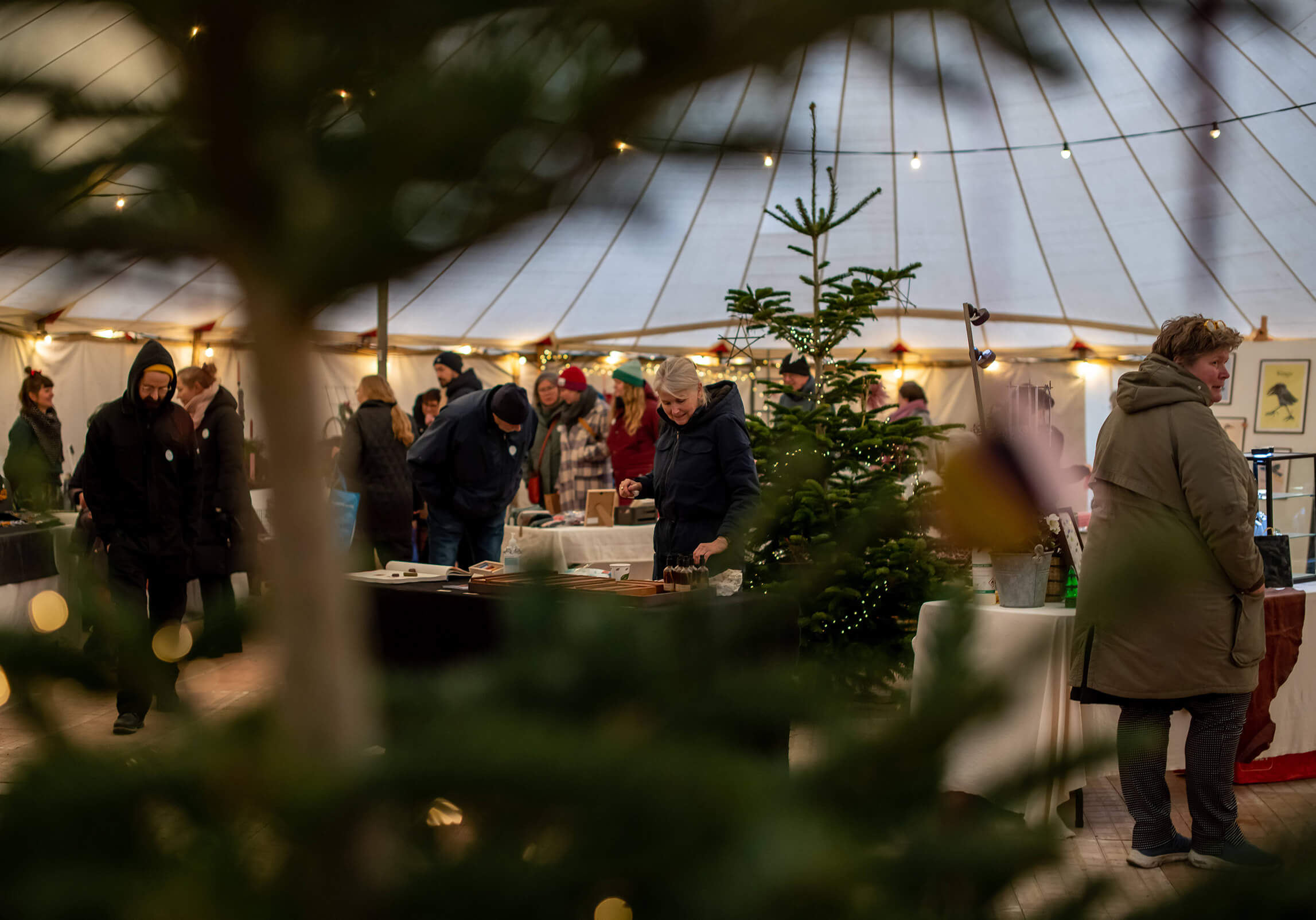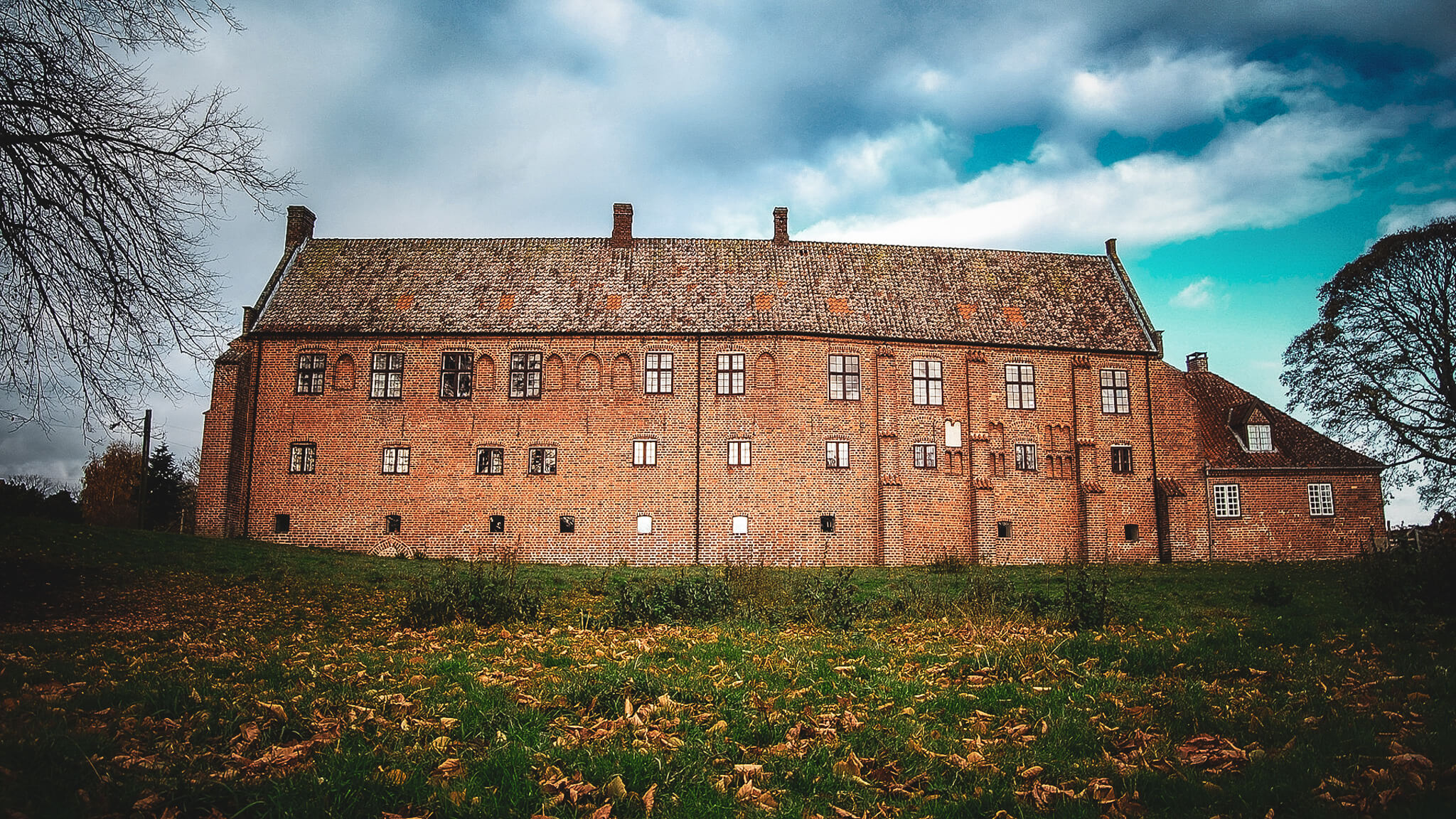Course: Nature's craftmanship
Learn to make beautiful products from natural materials and spend a day outside in the beautiful monastery landscape. Teacher and garment designer Regine Thomsen takes you through the entire process of the different crafts.
Take a break from the screen and spend some time learning a new craft with roots in cultural history.
All courses take place outdoors where we both harvest and make beautiful products
Tickets
Learn how to make beautiful products from natural materials.
At our courses, you’ll not only hear the stories behind traditional crafts, but also learn hands-on methods for gathering natural materials and receive one-on-one expert guidance in the techniques. We take our time, allowing space for learning, conversation, and deep immersion in the craft.
With years of experience as an outdoor educator and bushcrafter, Regine Thomsen specializes in crafting with materials sourced directly from nature.
Hopefully, you’ll head home with lots of inspiration to keep working on your own
Practical info
- Time: 10:00-16:00
- Meeting point: We’ll meet in the courtyard at Møllegården, right in front of the Mill Café.
- Refreshments: We’ll be serving tea, coffee, and cake during the day. Lunch isn’t included in the course, so please bring a packed lunch or buy something at the café.
- Remember: Dress for the weather. We are outside all day.
- The courses don’t require any prior crafting experience—just a willingness to learn something new.
September 21: Wool felting
For thousands of years, wool has been one of the most important natural materials for humans. It can cool, warm, insulate, and protect. Even when soaked by rain, it retains its many useful properties. Wool can be transformed into a wide range of products—from clothing, shoes, and blankets to sails, mattresses, and containers.
And wool is also a highly sustainable natural material. Compared to synthetic alternatives, it requires much less energy to produce. It’s durable, wear-resistant, and naturally biodegradable over time.
The course begins with a short walk through the monastery meadow where the sheep graze—the very same meadow where monks kept sheep over 500 years ago, precisely because of wool’s many valuable qualities.
Then it’s time to felt: you’ll get your hands on the soft, fragrant wool and learn the wet felting technique. We’ll felt a small basket using the beautiful wool, each one taking on its own unique look with different colors and patterns. If you like, you can finish it off with a handle made from natural materials. Along the way, there will also be time to learn how to card the wool.
November 9: Needle binding
Needle binding is one of the oldest textile techniques—predating both knitting and crochet. Archaeological finds date back as far as the Stone Age. During the Viking Age and the Middle Ages, needle binding was commonly used to make hats, mittens, socks, and insoles for shoes. Textiles made with needle binding are incredibly durable because they’re constructed with knots, meaning they won’t unravel like knitted fabric.
The course begins with a brief introduction to wool as a material. Wool is one of the most sustainable natural fibers for textile production—it’s durable, resistant to wear, and naturally biodegradable over time.
Then it’s time to spin and bind: you’ll get hands-on with the wool and be introduced to several techniques. You might even manage to make a small wrist warmer. You’ll also have the chance to learn how to spin single-ply yarn using a drop spindle—and even try your hand at spinning on a wheel.
